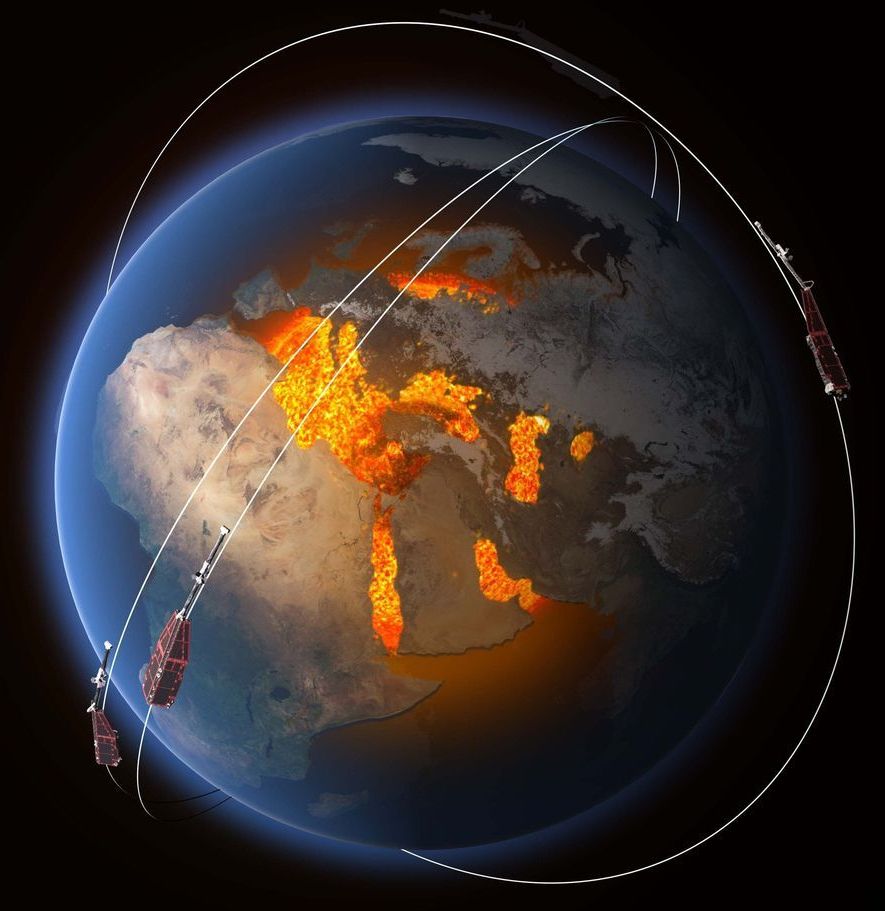May 26, 2020
First Object Teleported from Earth to Orbit
Posted by Quinn Sena in categories: encryption, quantum physics, satellites
Essentially a quantum radar teleportation device could entangle objects anywhere in the universe.
Last year, a Long March 2D rocket took off from the Jiuquan Satellite Launch Centre in the Gobi Desert carrying a satellite called Micius, named after an ancient Chinese philosopher who died in 391 B.C. The rocket placed Micius in a Sun-synchronous orbit so that it passes over the same point on Earth at the same time each day.
Micius is a highly sensitive photon receiver that can detect the quantum states of single photons fired from the ground. That’s important because it should allow scientists to test the technological building blocks for various quantum feats such as entanglement, cryptography, and teleportation.
Continue reading “First Object Teleported from Earth to Orbit” »


















